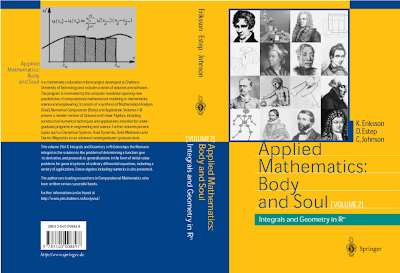I have recently discovered that the idea which I have pursued in different pieces of work, the idea to view physics as a Clock with Finite Precision, was expressed in 1969 by the German computer pioneer (and civil engineer) Konrad Zuse (who constructed the first working computer named Z3 in 1941) in the remarkable article Calculating Space on Digital Physics, starting out with the following experience which I share with Zuse:
- The work which follows stands somewhat outside the presently accepted method of approach, and it was for this reason rather difficult to find a publisher ready to undertake publication of such a work.
- It is obvious to us today that numerical calculations can be successfully employed in order to illuminate physical relationships.
- To what extent are the realizations gained from study of calculable solutions useful when applied directly to the physical models? Is nature digital, analog or hybrid? And is there essentially any justification for asking such a question?
- The examples of digitalization of fields and particles which have been preented are in their present unfinished form still far removed from being able to serve in the formulation of physical rules. Nevertheless, they give a rough impression of the possibilities for using the tools of the automaton theory to answer physical questions.
- The question to what extent it is possible to consider the entire universe as a finite automaton depends on the assumption which we make in relation to its dimensions.
- An infinite information content is required for an unlimited spacetime element. It is practically impossible to simulate such a model with computers because of the necessity of infinite number of places required.
- The sources of error are correspondingly great in the extremely large number of collisions between gas molecules, and these errors quickly lead to deviations from theoretical processes.
- This means that the better the causality rule is approximated in the reverse time direction, the more calculations we must be prepared to carry out in our model. This leads to the result that simulations of universal systems with causality functioning in both time directions belong to the category of “unsolvable” problems.
- Of course, it can be said that this is true only for calculating simulative models. But this result should encourage us to reconsider the matter. Are we justified in assuming a model of nature for which no calculable simulation is possible?
- From this point of view, it appears that the frequently advanced argument of determination in both time directions should be fundamentally reexamined.
- But if Zuse didn’t hit upon the concept of universal computation (as Turing did), he was interested in another very deep question, the question of the nature of nature: “Is nature digital?” He tended toward an affirmative answer. (from Afterword)










 anderslogg
anderslogg









